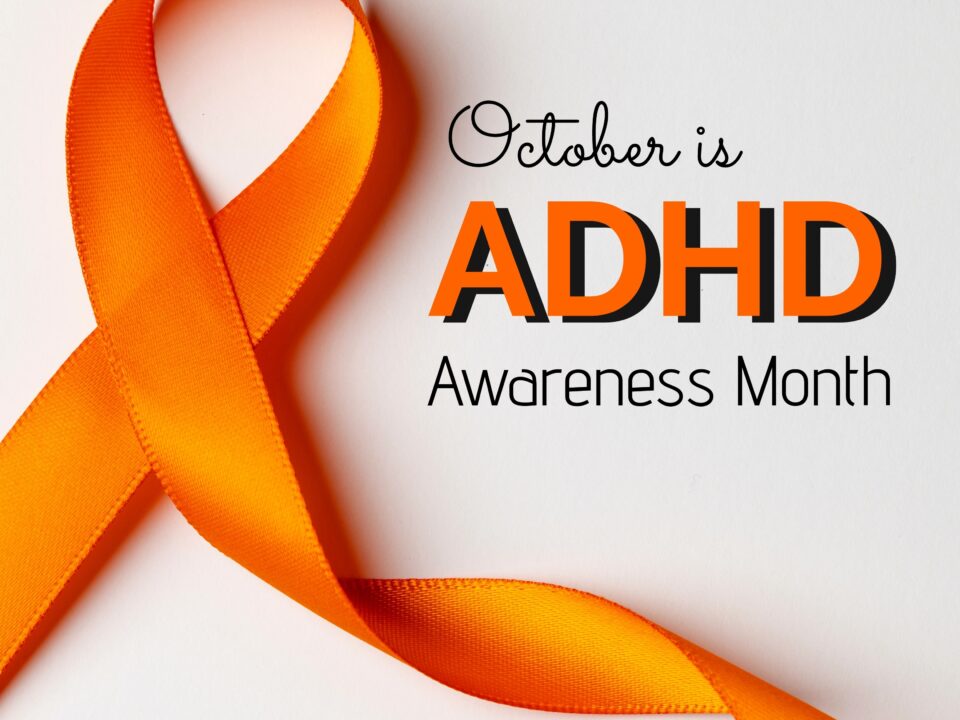
Beyond Butterflies: Understanding Childhood Anxiety
March 18, 2025
Self-Care: Why It Matters
April 1, 2025What’s the Big I.D.E.A.?
By Carol S. Siege, PCC
Founder, Family Pathways Coaching, LLC
Last week, on Friday, March 21, 2025, President Trump announced that the federal Department of Education would no longer supervise the special needs programs provided primarily through I.D.E.A. since 1975.
Issues on the national stage get personal very quickly when they affect our families.
The Individuals with Disabilities Act (I.D.E.A.) protects the rights of children with disabilities and provides guidelines for special education services. Together with F.A.P.E. (Free and Appropriate Public Education) and L.R.E. (Least Restrictive Environment), I.D.E.A. ensures that children with disabilities, from birth to age 21, receive quality education by providing funding and support for instruction, mental health counseling, professional development, research, special grants, and transportation to local and state municipalities.
Parents of children with disabilities that range from learning differences to hearing impairment to health conditions are understandably concerned about how this abrupt change might affect their children’s lives and education. Additional concerns have arisen as plans were announced to move these vital services to the Health and Human Services Department (HHS) under Robert F. Kennedy Jr. HHS is currently undergoing its own massive downsizing, having offered buyouts earlier this month to most of its 80,000 employees and ultimately firing 3,000 employees.
Should parents worry their children’s current services will be reduced or eliminated? Not necessarily!
- State and local education agencies must comply with I.D.E.A., F.A.P.E., and L.R.E., regardless of funding sources. Decisions at the state and local level can lead to very different outcomes across the country. In addition, there may be legal challenges if changes to services are considered harmful to disabled children.
- Some service reductions, such as suspending hiring special services professionals, could be implemented immediately or could be phased in over time. Public campaigns, lobbying and legal action can all lead to slower implementation or revisions that could mitigate negative effects.
- Changes could come as the result of budget cuts, policy revisions, or restructured programs. While budget cuts and policy revisions could be instituted quickly, by curtailing services, for example, or slowly, as with reducing staff through attrition, restructuring programs usually takes time to plan and implement.
So, what should parents do to protect their children and ensure they continue receiving appropriate education and services that allow them to access curriculum?

- Get Educated – Contact your state Department of Education for detailed information about potential budget cuts to special education services. Join disability organizations, which can provide updated information about national education policy and proposed (and enacted) changes to special education policy.
- Get Local -- Reach out to your school district’s Special Education Department to learn how your child’s services may be affected. Attend Board of Education meetings to hear how budgets may be altered. Contact community advocacy groups to connect with other parents looking for similar support.
- Get Vocal – Contact state or federal lawmakers to raise concerns about budget cuts that may affect special education services. Uniting with other parents as part of an advocacy group adds strength in numbers to your impassioned voices.
A quick primer on special education programs established under federal law:
- Under the Health, Education and Welfare Department (HEW), established in 1953, disabled students received fragmented special education services. Over the next decade, services and funding for special education grew but were still limited.
- In the 1960s and 1970s advocacy groups pushed for significant advancement in special education services. Ultimately, a year after the 1979 creation of the Department of Education, I.D.E.A. was passed, ensuring children with disabilities receive a free and appropriate public education in the least restrictive environment.
- D.E.A., Part B, assures services for children ages 3-21 and includes Individualized Education Programs (IEPs), support services throughout school years, and transition services as children age out of the program.
- D.E.A., Part C, covers early intervention services for children birth to age three, addressing developmental delays and disabilities in infants and toddlers.
- Since its inception in 1975 as the Education for All Handicapped Children Act (EHA), D.E.A. has been reauthorized by Congress three times, most recently in 2004.




